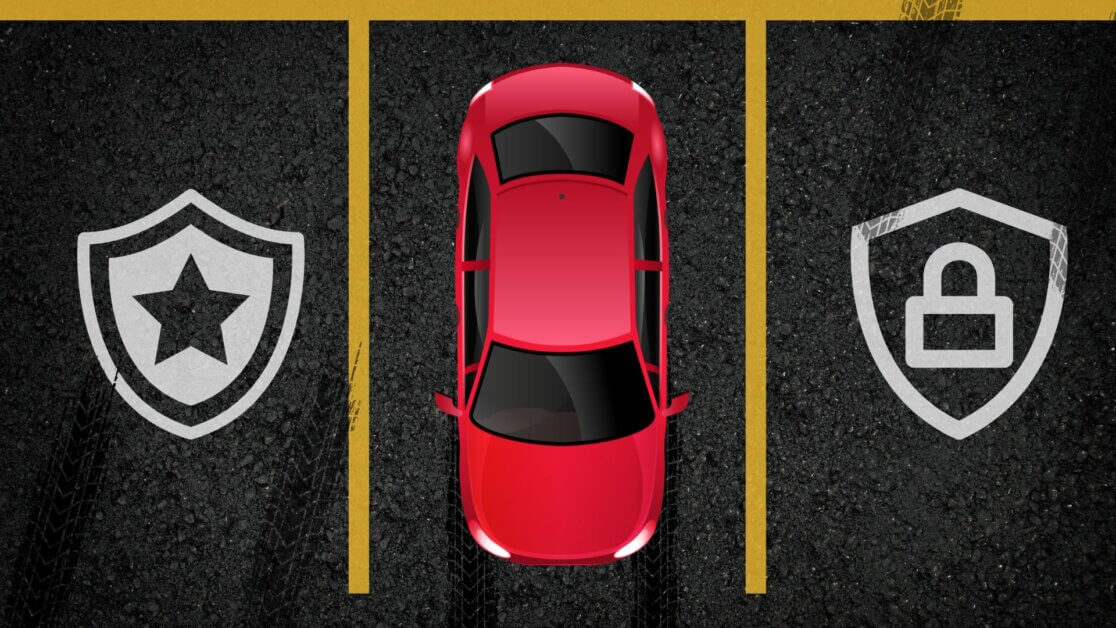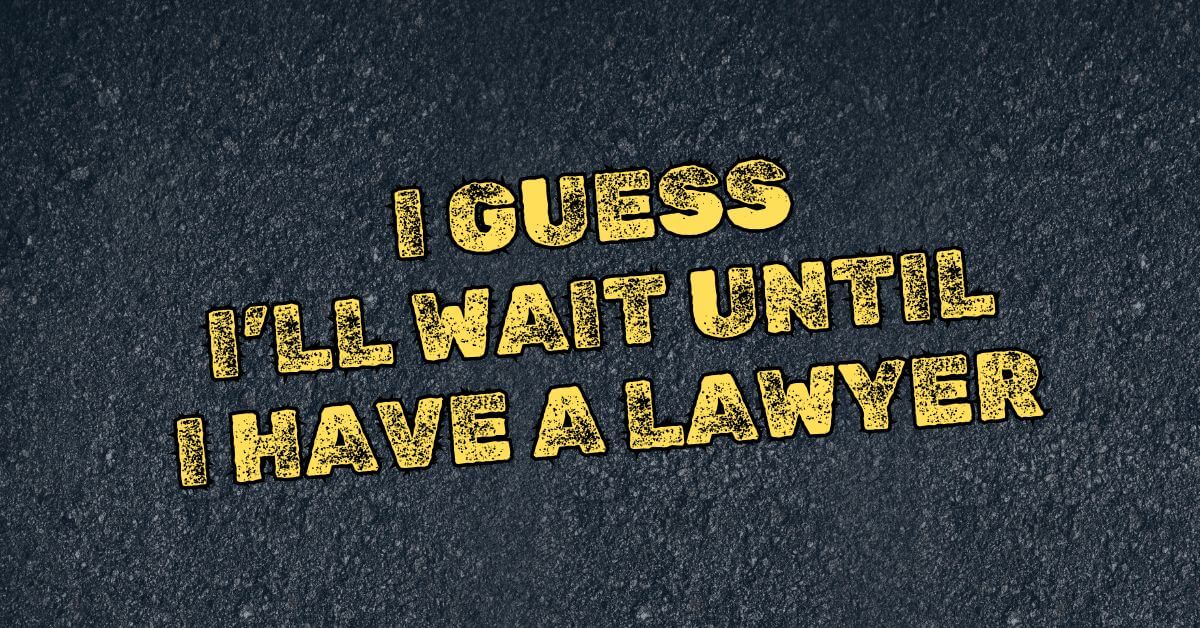On October 18, 2021, the United States Supreme Court issued two per curiam decisions on the topic of qualified immunity. Per curiam (“by the court”) opinions refer to a decision made on behalf of the entire court without a particular judge or justice’s name attached to the opinion. These decisions tend to be short and to the point, as they usually concern issues that the court does not consider to be controversial or require extensive debate. It is important to note that per curiam does not indicate that it’s a unanimous decision.
In this case, the United States Supreme Court reversed a Ninth Circuit Court of Appeals decision that denied qualified immunity to a police officer who briefly placed his knee on a suspect’s back while handcuffing the suspect and removing a knife from his pocket. The trial court granted summary judgement on the basis of qualified immunity and the Ninth Circuit reversed. The Supreme Court reversed the Ninth Circuit stating that officers are entitled to qualified immunity because they did not violate clearly established law and that “[n]either Cortesluna nor the Court of Appeals identified any Supreme Court cases that addresses facts like the ones at issue here.”
FACTS
Officer Daniel Rivas-Villegas is a police officer with the Union City, California Police Department. Officer Rivas-Villegas responded to a 911 call from a crying 12-year old girl reporting that a woman and her two children were barricaded in a room out of fear that the woman’s boyfriend, Ramon Cortesluna, was going to hurt them. The caller also confirmed that there was no other way out of the house for the barricaded trio. The caller reported that Cortesluna was trying to hurt them with a chainsaw and that Cortesluna was “always drinking,” had “anger issues” and was “really mad.” Additionally, the 911 operator confirmed that they “hear[d] sawing in the background” and thought that Cortesluna may be using the saw on the door to the barricaded room.
Officers arrived on scene and, through a window, observed a man that matched Cortesluna’s description. As Cortesluna presented himself to the officers, one officer on scene stated, “he’s coming and has a weapon.” Another officer, speaking amongst the officers on scene stated “use less lethal” which was a reference to a beanbag shotgun. During this exchange, Cortesluna was told to drop the weapon that was in his hand, which was a metal tool. Cortesluna was then told to exit the house by walking towards the officers with his hands up. Cortesluna was told to stop and get on his knees, which he did approximately ten feet from the officers. While being observed by the officers, another officer on scene saw a knife sticking out of Cortesluna front left pants pocket and notified other officers on scene “he has a knife in his left pocket.” Cortesluna was ordered to keep his hands up, however at one point, he lowered his head and his hands and was shot twice by the beanbag shotgun, once in the stomach and once in the left hip. Cortesluna then raised his hands back up and was ordered to lay down on the ground, which he did. As he did this another officer on scene again reminded the other officers about the knife in Cortesluna’s pocket.
Officer Rivas-Villegas then approached Cortesluna to place him under arrest. As he did so, Officer Rivas-Villegas “placed his right foot on the ground next to Cortesluna’s right side with his right knee bent at the knee. He placed his left knee on the left side of Cortesluna’s back, near where Cortesluna had a knife in his pocket. He raised both of Cortesluna’s arms up behind his back. Rivas-Villegas was in this position for no more than eight seconds before standing up while continuing to hold Cortesluna’s arms. At that point, another officer, who had just removed the knife from Cortesluna’s pocket and tossed it away, came and handcuffed Cortesluna’s hands behind his back. Rivas-Villegas lifted Cortesluna up and moved him away from the door.1”
Cortesluna brought suit under 42 U.S.C. §1983, claiming that Officer Rivas-Villegas used excessive force in violation of the Fourth Amendment. The District Court granted summary judgement for Officer Rivas-Villegas, but the Ninth Circuit Court of Appeals reversed stating that “Rivas-Villegas is not entitled to qualified immunity because existing precedent put him on notice that his conduct constituted excessive force.2”
9th CIRCUIT COURT OPINION
In its decision, the Ninth Circuit Court of Appeals relied on the case of LaLonde v. County of Riverside, stating that these cases, “involve[d] suspects who were lying face-down on the ground and were not resisting either physically or verbally, on whose back the defendant officer leaned with a knee, causing allegedly significant injury.3” The Ninth Circuit used this opinion to demonstrate that the actions taken by Officer Rivas-Villegas are therefore constitute an unacceptable use of force.
SCOTUS OPINION
The United States Supreme Court distinguished this matter from LaLonde by discussing the facts of that case. After refusing to let officers into his apartment, officers threatened LaLonde with obstruction of justice and entered the apartment anyway. One of the officers knocked the sandwich from LaLonde’s hand and “grabbed LaLonde by his ponytail and knocked him backwards to the ground.4” Additionally, a scuffle ensued, and Lalonde was pepper sprayed and, when he ceased resisting and was lying face down on the ground, one of the officers “deliberately dug his knee into LaLonde’s back with a force that caused him long-term if not permanent back injury.5”
The Supreme Court continued distinguishing LaLonde from Cortesluna by noting that LaLonde was a noise complaint whereas Cortesluna was a domestic violence complaint involving barricaded victims and a chainsaw. Cortesluna was armed, LaLonde was unarmed. Officer Rivas-Villegas placed his knee or Cortesluna’s back for no more than eight seconds, while in LaLonde the officer testified that he deliberately dug his knee into LaLonde’s back when LaLonde possessed no weapons and never threatened police. The United States Supreme Court stated that the facts of these two cases are materially different, so as not to “clearly establish” any statutory or constitutional rights that would have placed officers on notice that their conduct was prohibited and violated those rights.
As the Supreme Court has previously stated “[p]recedent involving similar facts can help move a case beyond the otherwise hazy borders between excessive and acceptable force and thereby provide an officer with notice that a specific use of force is unlawful.6” The court previously stated that the analysis as to what constitutes “clearly established” “must be undertaken in light of the specific context of the case, not as a broad general proposition.7” The court continued that neither LaLonde, nor any other Supreme Court case is sufficiently similar to the facts of Cortesluna and therefore granted summary judgement for Officer Rivas-Villegas.
When discussing qualified immunity, it is important to remind ourselves of the legal requirements. As the court stated in Cortesluna, “[q]ualified immunity attaches when an official’s conduct does not violate clearly established statutory or constitutional rights of which a reasonable person would have known.8” The court has repeatedly stated that a right becomes “clearly established” when a reasonable officer would understand that the conduct they are engaged in violates that right.
The court has also repeatedly stated that this legal analysis is not conducted in the broad and general terms, but rather with specificity as to the context of the situation at hand. Further, as it relates to use of force situations, the general parameters of Graham v. Conner must be met; the severity of the crime, the immediate threat posed by the subject and whether the subject was actively resisting. However, as the court has stated, the Graham standards are considered general standards. Therefore, in only the most obvious of cases does Graham v. Conner clearly establish acceptable behavior. In most cases, such “clearly established” conduct must be identified in other cases that specifically identified that behavior that would signal to officers the type of specific conduct which is prohibited. In Cortesluna, the Supreme Court commented that neither Cortesluna nor the Ninth Circuit Court cited any such cases that would have put Officer Rivas-Villegas on notice that his conduct was prohibited.
TAKEAWAYS
Remember, in all but the most obvious use of force situations, the determination as to what is “clearly established” law is based on the specific facts of the situation. That means that in any use of force situation, the facts that you articulate in your report, along with why you took the actions that you took will be crucial in the court analysis that will ensue.
[1] 595 U.S. __ (per curiam) (slip op., at 3)
[2] 595 U.S. __ (per curiam) (slip op., at 3)
[3] 595 U.S. __ (slip op., at 3)
[4] Ibid (slip op. at 5)
[5]Ibid (slip op., at 5), quoting 204 F.3d, at 952
[6] Kisela v Hughs
[7] Brosseau v. Haughen
[8]White v. Pauly
Rivas-Villegas v. Cortesluna, 20-1539.



